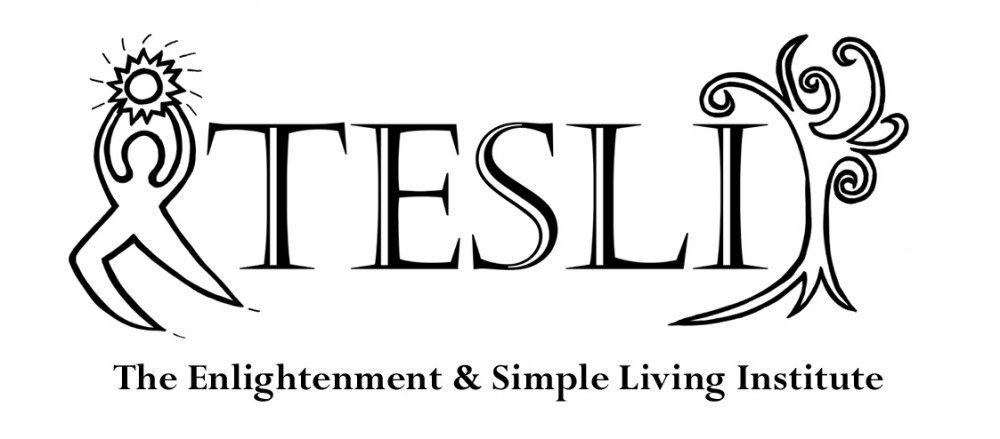An ayra or stream-enterer is a person that has eliminated the first three fetters. These are
- view that one is a separate self
- belief that rites and rituals alone could lead to liberation
- doubt or uncertainty, especially about the teachings regarding liberation (i.e. the noble eightfold path)
When we run into the word “noble” as in the eightfold noble path or the four noble truths, these are unfortunate translations of the word arya. While an arya is noble, they are not nobility in our normal use of the word to mean royalty or a member of the aristocratic class.
The classic method of attaining stream-entry (aryahood) is to experience ultimate reality directly. During this experience all cognition and sensing naturally ceases. It is unclear how one know something has happened, but people do. This experience can lead to a deep realization of how things really exist and the four arya truths (four noble truths) that the Buddha taught. After the experience the practitioner has confidence in the path to liberation and although they experience themselves as a separate self, they no longer believe it at all.
An arya is called a stream-enterer, because they have reached a state which naturally flows to liberation. The arya cannot fail to become enlightened, although I suppose it is possible to purposely revert back.

